#the subspecies
Explore tagged Tumblr posts
Text
the infamous 'last sighting of a barbary lion in the wild' photo taken by marcelin flandrin (1925) haunts me to my core. there's something so achingly poetic about it.
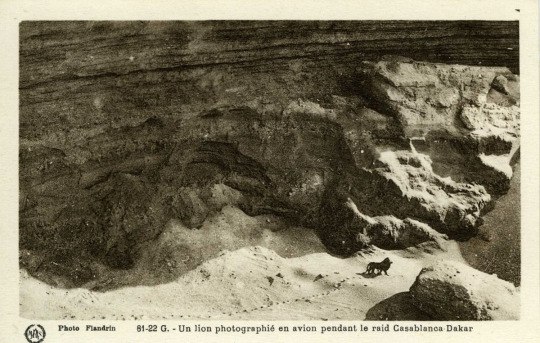
#this is so random for me but i saw this the other night and it genuinley hasnt left my brain#there's a lot of debate around this subspecies and whether they are#extinct or w/e#hence my wording BUT#this photo and that kinda ....... 'last one in the wild' fact has sTUCK with me#so small. in the space. so alone. walking away. leaving their prints behind.#it honestly nearly moves me to tears if i think about it too much#straight up put this in my drafts last night and now it makes me TOO emotional
30K notes
·
View notes
Text
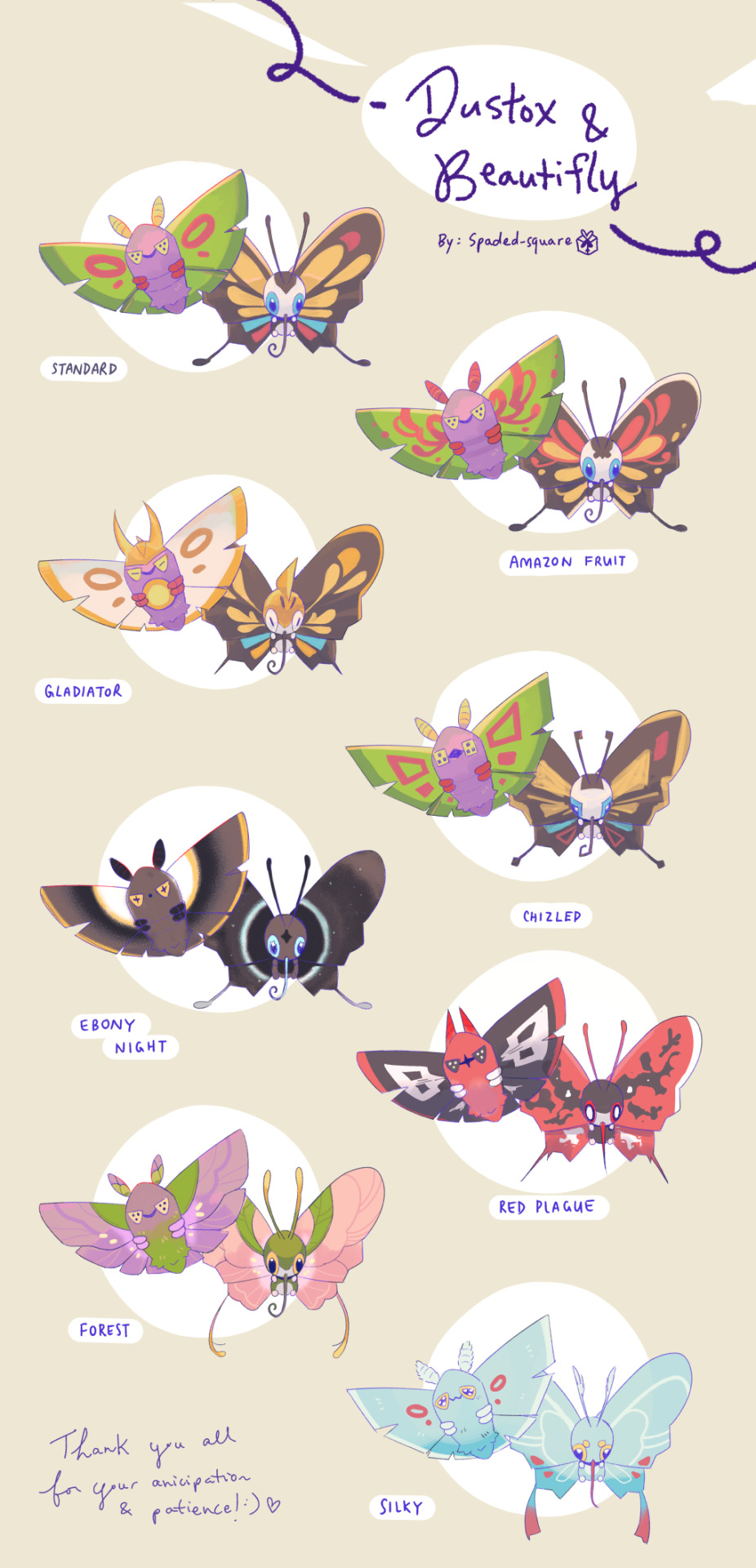
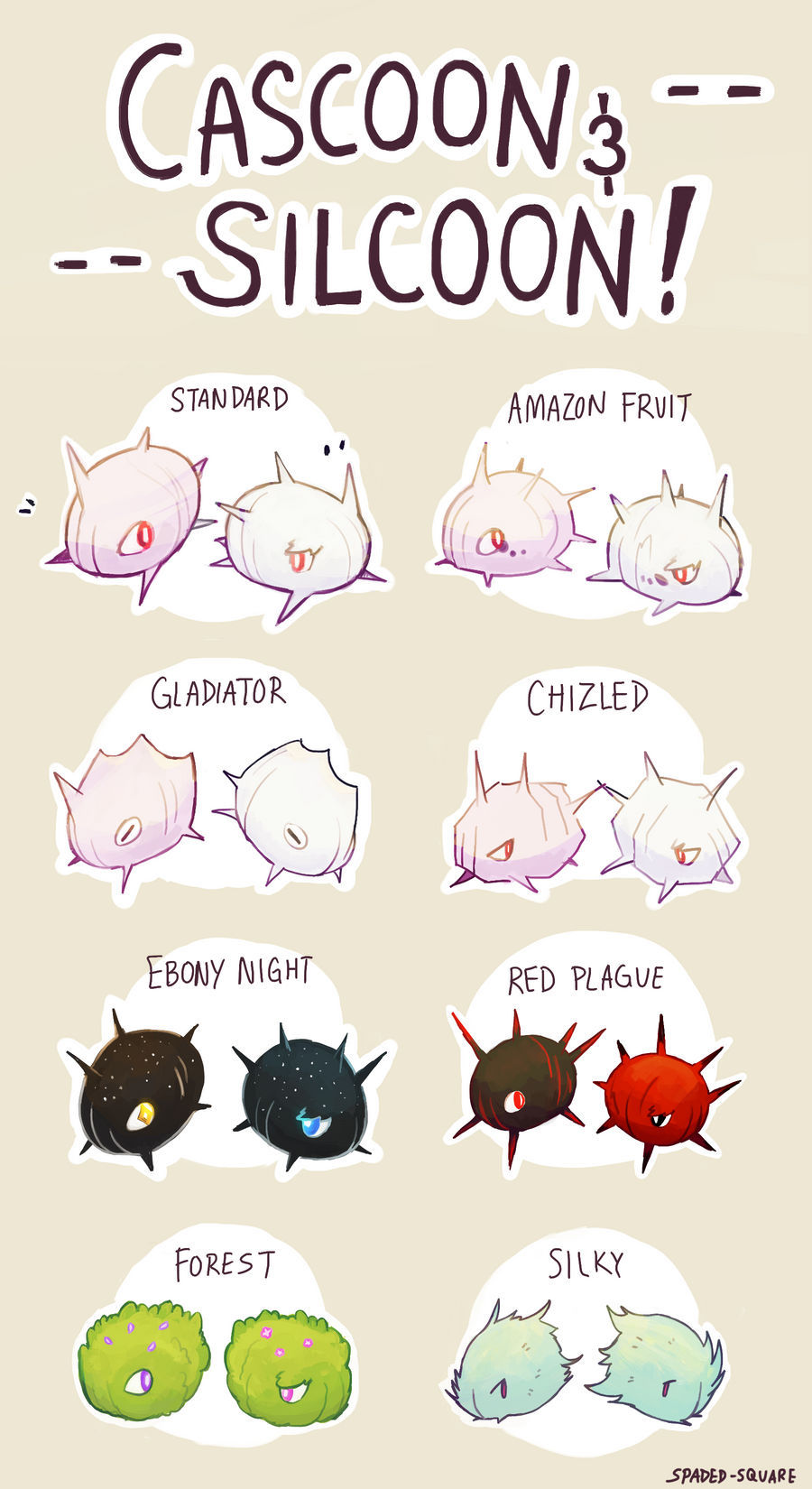

The whole wurmple evolution line is now complete!! ^O^
5K notes
·
View notes
Text




Putting together my old mlp doodles: alicorn Exarch, earth pony Raha, breezie Vivi. This should make more sense now that his connection to the fae is shown in the comic.
#if i were to revisit this and add emet to the collection#he should be a completely different subspecies imo. the last of its kind. the endling. augh#i'm not that well versed in pony arting but maybe one day i'll come up with something unique that fits him#ffxiv#vivien rell#crystal exarch#g'raha tia#mlp#mlp au#own: next lvl
346 notes
·
View notes
Text

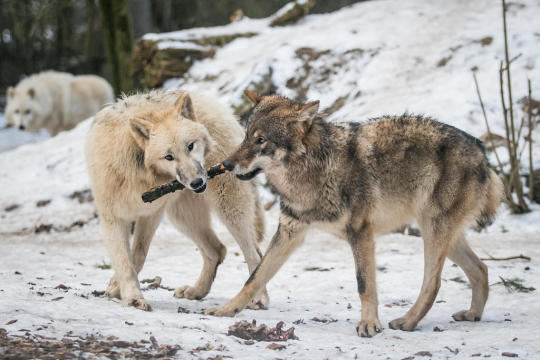
Nikita, an arctic wolf (Canis lupus arctos), and Ayasha, a Eurasian wolf (C. l. lupus)- residents of Lüneburg Heath Wildlife Park in Hanstedt, Germany.
Photos [1, 2] © landkeks-stock
#always fun to get two entirely different subspecies in the same picture lol#wolf#grey wolf#arctic wolf#eurasian wolf#european wolf#photography
3K notes
·
View notes
Text
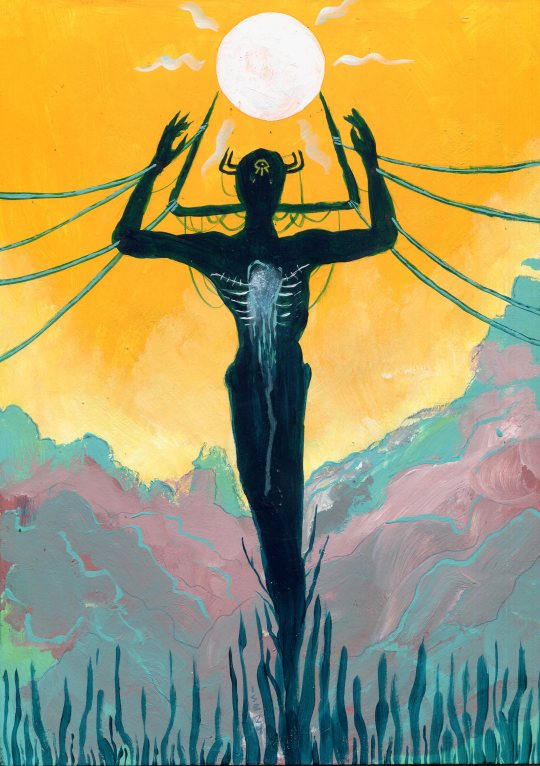
I only stopped for a minute in the sun, but now I've grown roots and my veins have become wires.
#illustration#artists on tumblr#acrylic painting#painting#fantasy art#my art#oh im gonna put in a little more effort into something for you i decide. and make this. oh well. next time.#power lines/telephone poles are a subspecies of trees
866 notes
·
View notes
Text

Very cool idea by @n0rtist to design Ability Forms! I love Kingdra :)
549 notes
·
View notes
Text

day 1421
#uh just a heads up if you expand the tags to see all there's. a lot. very long#amphibian#frog#poison dart frog#based on my most popular frog to date (day 651)#inspired by everyone pointing out what they think it looks like#here's a fun secret fact the original guy is actually a phantasmal poison dart frog (Epipedobates tricolor)#(according to the original artists title of the drawing)#not Anthony's poison arrow frog (Epipedobates anthonyi)#i feel too awkward to really point it out though because they look the exact same. i cannot tell if there is a difference#im half convinced the same frog was just discovered and named twice#its very curious btw if you go on the (english) wikipedia page for either species it doesn't mention the other#while hereptiles.info (no idea if this is a trustworthy site) lists both names as common names for the same frog (incorrectly??)#while inaturalist lists them as two different frogs. curiously with tricolor having wayyyyy fewer photos#ok anyway that's my rant i went on a whole journey trying to figure out if these are the same frog or not and i have no answer#i did some more 'research' and i am more confused. some sources seem to imply they are now considered the same species ( e. tricolor)#i think my conclusion is i am willing to agree the drawing looks more like e. anthonyi. it seems like tricolor is generally less vibrant re#and the white is darker and more green?#i feel like thumblr should stop me from typing more in the tags at this point this is a whole essay#at this point i am failry convinced this is specifically the Santa Isabel frog. isthat the real subspecies or morph or whatever#or just the name pet sites are using to sell it??#i even found some sources (frog selling websites) refering to it as “Epipedobates Anthonyi 'Santa Isabel' Phantasmal Poison Dart Frog” lol#Anyways if you read this far hi. species are confusing. i am not a frog scientist#the first few tags are like an hour old now i just kept trying to figure it out and adding more tags
3K notes
·
View notes
Text

new werewolf enid design because my brain latched onto the idea of her having a mexican grey wolf inspired coat
#literally no reason at all for mexican gray wolf other than its my favorite wolf subspecies and fits her hair colour#pure self indulgence. thumbs up#enid sinclair#wednesday#ramblings#werewolf#werewolfisms#aceart
332 notes
·
View notes
Text

a little silleyyy i concocted as i have come up with a bäckahäst relative, the "bäckabock" - or sea-ram, sea-goat, etc. i will write a bit about them and this guy below..
despite their name and appearence, the sea-goats are not goats at all but are a relative of the bäckahäst, and thus a cervid. unlike their much larger brethren, sea-goats are adapted to a more aquatic lifestyle, in that they have a better swimming ability (the bäckahäst, while good swimmers, tend to wade more often due to their size, and only really spend long in deeper water during winter). their hair has convergently evolved a structure similar to otters, and thus insulate themselves underwater through air that gets trapped in it.
their diet consists mostly of fish and shellfish, they especially favour clams, and unlike the bäckahäst does not hunt terrestrial prey much (although it does happen, especially during the winter). culturally, bäckahästar and sea-goats intermingle a decent amount, and historically they actually have gotten along well probably stemming from the fact that they prefer different territories anyway, and hunt different prey for the most part - although this varies of course depending on the culture in question, and human-caused habitat loss also plays a big role.
this guy in particular, gaerneh, is a stone-smith, which is a common occupation among both bäckahästar and sea-rams. both species have the peculiar tendency to swallow stones - their stomach has adapted a "crop" like organ where such stones are stored. the use of this is to control buoyancy in the water and they often swallow/regurgitate stones depending on the situation. Anyway stone-smiths will shape stones to be optimal for swallowing, and there are also folk beliefs among many cultures about what kind of stones are best, or what "blessing" they may bring oneself - like "this kind of stone beckons a bountiful hunt" for example.
stone-smiths sometimes stay among their own, and focus on smithing stones adapted best for their species. but a few try to learn how to smith for both - gaerneh is one of those!
#oc#original character#fantasy#spec bio#speculative biology#speculative evolution#spec evo#speculative fantasy#worldbuilding#pareidolia tag#oc: gaerneh#bestiary#artists on tumblr#original species#these guys are actually not based on a particular scandinavian folklore LOL#but on “sea goats” aka the thing u see represent capricorn lol#i just thought one day of a small bäckahäst subspecies... then went gasp... sea goat lookalike?!!?#so yes these guys are small... not sure just how small but at least pony size#like shetland pony size
232 notes
·
View notes
Text

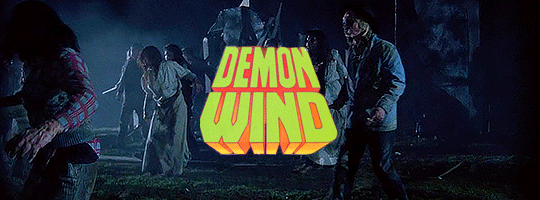

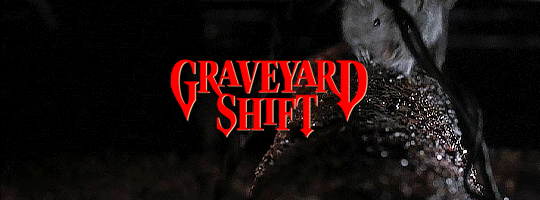

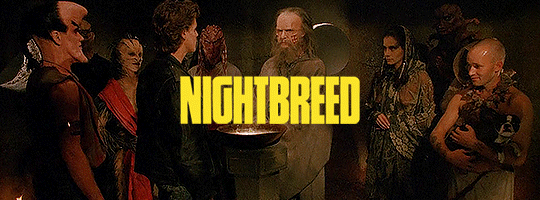


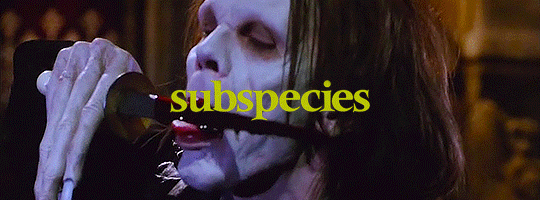
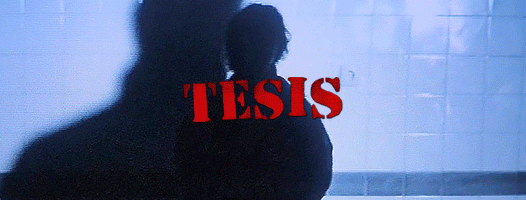
10 Overlooked 1990s Horror Movies To Consider For October/Halloween
#Horror#Filmedit#Horroredit#Cast A Deadly Spell#Demon Wind#Disturbing Behavior#Graveyard Shift#Highway To Hell#Nightbreed#Popcorn#Stir Of Echoes#Subspecies#Tesis#CHB#1990s#90s#10 Movies To Consider#I am not saying that these are the best or that they are my favorites.#Just 10 movies that I think are worth watching for the season.
1K notes
·
View notes
Note
I was thinking about your tags, and while I understand the caution, it feels like it would still be a stretch to baseline equate common traits among the clans with eugenics. I know that humans can rly quickly go from everyone has biological differences = there are innate qualities that are "good" and "bad", and there's a quality of fascism in that, but when the clans are fairly isolationist, it seems like it'd be natural for there to be trends among its members.
this is also just me prompting for your thoughts on biology and politics surrounding that, since i appreciate your thoughts on fascism in warriors overall.
I think you're missing a piece in your takeaway that I'm more conscious of-- it's not that I'm wary of population genetics and natural trends; it's that the Clans have an obsession with "blood purity" paired with that.
When you introduce "subspecies" Clans to that, cats who are truly biologically suited to a particular environment, you are inevitably narratively connecting the rhetoric to this worldbuilding fact. Unless you're going to massively overhaul the theme and setting of Warrior Cats, to me it's like looking at xenophobic characters that say "mingling with out-groups is bad" and announcing, "I AM GOING TO GIVE THEM PHRENOLOGY BUT REAL."
Even canon is wise enough to not do this-- Graystripe shows in TPB that it's the oily diet that makes RiverClan's fur so water-resistant. WindClan's lanky legs never get more extreme than a general population trend; enough Clans have skinny warriors that you wouldn't "clock" mixed cats like Jayfeather and his siblings.
But in making those Clan differences MEGA extreme, suddenly, you have taken the irrational social bigotry and turned it into a potentially legitimate practical concern about adeptness in an environment. Not just against an individual, but against that individual's population.
As an example of what I mean, imagine if RiverClan had special, extreme adaptations to living in water. Let's say they're webbed-foot cats who can close their orifices like seals and their coat is twice as thick to keep the water out.
Outcrossing to another Clan means hybrid kittens display the opposite of hybrid vigor-- hybrid depression.
Without webbed feet, other cats are always slower swimmers than their counterparts
Hybrids have thinner fur, making them lose heat in cold water much faster, requiring them to eat more to stay healthy or get sick more often.
They may not have the same muscles to close their orifices, meaning they're more likely to damage their senses by swimming in dirty water.
You can reduce disadvantages with accessibility technology in a more advanced setting like BB, but... they are still born significantly disadvantaged, compared to a ""pure blood"" RiverClan cat.
Doing this also says something you might not have realized you've said at all; Your population is proof of evolutionary pressure. Highly specialized genetics like this (not just trends but HIGHLY specialized) implies there's been something preventing the genetics of other Clans from intermixing with RiverClan.
Which has two implications;
The hypothetical RiverClan cats achieved a positive goal by self-inflicting a selective breeding program onto themselves. (...eugenics. that's eugenics.)
The hypothetical RiverClan environment is so harsh and demanding that it will naturally, swiftly eliminate unfit phenotypes. (The river totally cancels out any secret outcrossing)
(as a side note, ppl tend to misunderstand evolution. Darwin wasn't totally right with "survival of the fittest," I prefer Bill Nye's description of "survival of the good enough." But that's a topic for another time)
Either way, I find those implications DEEPLY unfitting for BB. This is a project which has major themes of exploring bigotry, showcasing its irrationality and digging into how it's perpetuated and exploited in spite of that.
I think BB's themes have a better clarity of purpose if the physical differences between Clans are kept subtle. Never more extreme than what you'd see between ethnic groups-- with frequent reminders about how culture, environment, and politics shape behaviors more than genetics do.
Don't misunderstand me-- I'm not saying that every setting with physical differences between races/sapient species is doomed to this. I actually have good things to say about certain artworks that lean into it (Steven Universe, Beastars, Oren's Forge). I'm saying this specifically about WC and my work within that context.
If you're curious though, I actually have a loose set of "rules" in my head to try and keep my Clans' population differences within my own critiques! I've given a lot more thought to this than I've shared.
There are no "unique" Clan mutations, any trait could appear within any hypothetical kitten.
It's a matter of prevalence. ThunderClan is like 80% Sweetness Tolerant and the other clans are between like 15% - 60%. It's not a sign your mate cheated on you if your kitten likes honey.
But it is something that an accusation can be based on, if your mate is insecure or the Clan's politics are going sour. A "pedigree" RiverClan cat could still have a mane, and it can get used against them.
Some traits do help or hinder ability slightly (ex; thick tails making RiverClan cats better at steering in water), but typically not significantly. I Just Keep It Reasonable.
Most importantly, I just make an effort to have most traits be based on social behavior. Reflect enough and eventually you sorta train your brain to think differently. As a bonus, it helps with cultural worldbuilding.
Related: If you found this insightful, I also dove into fascism and TigerClan in a way that's relevant to this.
#Cw eugenics#Bones gives advice#Re: these are personal opinions and thoughts#I think a lot abt how truly insular populations are very rare. People are always outcrossing.#There used to be hominid subspecies but there aren't anymore. We are just one now.#A lot is said about Human Behavior to describe what is very much not Human Behavior. But I do think the desire for free movement is human.#It's a desire most mammals have.#For many people that expresses as a wanderlust. We want to meet new people. Go to new places.#And the way I write the cats is essentially human with some extra cat traits.#For a population to be so strictly isolated then someThing has to be restricting them#And the Clans are too close to each other physically for that to be anything as natural as a river or a forest#They're going to mingle. Clan loyalty or not. Because that's what people do.#But again-- this is me as a writer lmao#Since I was asked
157 notes
·
View notes
Text




Tawsyul ([Taw= Sky] + [Syulang= flower])
Ikran subspecies! (Day and night view)
Let me show you a preview of my own subspecies: the Tawsyul! I will do a lot more detailed views on my website later! But for now, I am excited to show you this preview!
I hope you like them 💜 and pls don't be hard with me, it was my first time to design something animal 🫣 I tried my best!
The Tawsyul swarm is living close together with one of my 3 own Na'vi tribes! Their Colony is basically part of the village from the Zeynuma 😊
More informations:
Here is some information about their physics:
They have wider wings than normal Ikrans.
They are more maneuverable and can fly longer amounts of time
They are a bit slower than the movie Ikran
They have a colorful collar they only turn them up when they are mad or in attack mode xD
Their base colors are muddy and dull and their collar, tail and inner part of the kuru is bright and colorful!
The nerve cords are always protected with the end of the kuru, which wrap the nerve cords like a bud
They have something in the head kinda looking like ears.
More info about their characters:
They only bond with one Na'vi in their lifetime!
THEY choose the Na'vi and it's always a peaceful and trusting moment.
They are showing their end of the Kuru open to the Na'vi they want to bond with. The kuru only opens when the Tawsyul is ready to bond.
They are really peaceful around the Zeynuma clan. They are like lovingly goofballs with the Na'vi trust. Playfully and therefore hard to train xD
But! They are really territorial against strangers of any kind! You need to build a friendship with them if you want one of them to choose you for a lifetime bond!
The Zeynuma children grow up with the Tawsyul so when they are old enough the mostly already befriended one of them for a lifetime bond 😊
The end piece of the Kuru is also the reason why the Na'vi called them Sky flower!
Last fun fact:
The Zeynuma love to call them "Tawsyultsyìp" (little sky flower) coz they are loving them so much :D the Tawsyul are their family, part of the clan/ tribe and also their pets :D
#na'vi#avatar 2009#avatar the way of water#na'vi oc#avatar pandora#james cameron avatar#digital art#atwow fanart#atwow#avatar fanclan#avatar ikran#ikran#avatar subspecies#navi oc#avatar animal#signfromeywa
288 notes
·
View notes
Text

A few birds of prey found in (and beyond) Imperial Wardi claimed land: the crow kite, dove eagle, and golden eagle.
---
The crow kite is a small, nimble hunter. This particular species is found exclusively west of the Blackmane mountain range and east of the Mouth seaway, though has close relatives elsewhere. They're mostly found in grasslands, where they can be seen hovering in midair while scanning for prey below. They primarily prey upon insects caught in flight, though will also regularly take rodents and lizards and can grapple with prey almost as large as themselves. Most of their diet consists of live prey, though they will opportunistically scavenge.
They are threatened by larger birds of prey, though are notably aggressive and proficient at mobbing most threats.
The crow kite has a particular partnership association with the (broadly unnoticed to be Sapient by humans) 'talking crows' who live here. Mutualistic and/or stealthily parasitic interactions with other animals characterize many crow cultures, and kites represent the only raptors that crows in this region partner with (largely due to posing no threat to themselves/their young).
Both (mostly) benefit from the overall relationship- the kite is slightly larger and notably more powerful than a single crow, while the crows are highly social and can keep more effective watch for predators as large groups. When foraging in association, they are highly effective at warning each other of threats and teaming up to drive them away. Crows will take on predators they wouldn't even dare approach as a large group with kites on their sides (notably the dove eagle, which is rarely outright mobbed by smaller birds due to their tremendous agility and capability of turning the tables on pursuers), and the two species are known to drive away substantially larger mammalian predators (occasionally even humans) from carcasses and resources. Kites also have beaks better equipped for tearing than crows, and can open some carcasses that crows cannot.
The most dramatic form of this association is the 'adoption' of kite chicks by some crow families. Kites rear clutches of 3-5 eggs, and the crows will occasionally steal an unguarded chick and raise it to maturity in order to fully monopolize the benefits of this partnership. Kite chicks adopted by crows do not heavily compete for resources (as the crows have a significantly more generalist diet) and serve as permanent attack dogs/can openers for their adoptive families while out foraging. This is not Particularly beneficial to the kite, who (having imprinted on their crow parents) will not readily mate with their own species, and will often be allowed to do most of the work of mobbing predators (when deemed too risky/too much effort for the crows themselves). An adopted kite's propensity to form one-sided pair bonds with their adoptive species is also utilized to assist in the labor of rearing chicks, where it can be coaxed into bringing kills for a nesting crow 'partner'. The crows generally do bond with their 'adoptees' (though not as fellow crows) and don't tend to perceive this relationship as wholly exploitative.
This association in of itself is widely noted by human observers, hence the kite's common name. Most peoples in this region have largely negative outlooks on crows (ranging from being despised scavengers to respected but frightful animals, and in all cases are considered potentially bad omens), which is extended to the crow kite. Crow kites are often regarded as omens of death and misfortune, sometimes even more intensely than crows. One of the most widespread beliefs (across several cultural groups) is that seeing a crow kite and crow perch together on top of a home indicates the impending demise of a mother and infant during childbirth.
---
The dove eagle is a mid-sized specialist predator of smaller birds, found widely across the temperate and subtropical eastern continental mass. It is most associated with the killing of doves (hence its name), though the majority of its prey is passerine birds and it is occasionally known to take small mammals and reptiles. It is a very powerful predator and exceptionally agile in flight. It also has notably long legs, and can occasionally be seen pursuing prey on foot. It is most abundant in savanna and wooded regions, as well as mountainous areas with high cliffs, as it usually hunts in short bursts from high perches. It can be somewhat of a pest in human settlements, where it poses a threat to poultry.
While often an irritant to people for its predation of avian livestock, it tends to be regarded for its beauty, with its bluish-hued feathers, sleek profile, and elegant flight. Its light blue-gray eyes are notably distinctive among predatory birds here. Light eye colors commonly have sinister and/or apotropaic associations among peoples south of the Viper seaway, which carries into folklore surrounding dove eagles. They are often ascribed the power to paralyze prey with their stare, to be capable of inflicting curses, and/or to be able to frighten off evil spirits with their glare. They are often left unharmed where other threats to livestock would be killed out of fear of receiving a curse.
The dove eagle has the most extensive significance in the Hill Tribes cultural sphere. This bird is one of many avian forms ancestors can take when visiting the world of the living, and the vast majority of its birdsign-omens are wholly positive. The dove eagle tends to be a signal of impending success and good luck in economic ventures, and its presence/gaze chases away bad luck and evil spirits (perhaps at the cost of some poultry here and there, which sometimes may be a message of ancestral disapproval as well as just a general bummer). Its feathers are considered lucky and utilized in magical practice (bundles are waved to banish malicious spirits from homes and objects, single feathers are sometimes worn as good luck charms), though feathers must be retrieved from around nests or by chance, as killing predatory birds is taboo.
---
The golden eagle is a very large, bulky predator. This particular subspecies (distinguishable by its dark, mostly solid colored wings) is very widespread and can be found throughout much of the northeastern hemisphere, adapting to a considerable variety of habitats and climates. It is occasionally a threat to livestock, being wholly capable of killing the tiny offspring of horses, and sometimes even a threat to newborn cattle (they are known to kill very young calves by knocking them off cliffs when the opportunity presents itself). They are noted for their dramatic courtship displays, wherein coupling pairs lock talons and spin towards the ground in freefall.
They tend to be highly regarded animals in most of this region. They tend to garner associations of regality, power and (usually masculine) strength. They are frequently used as symbols of monogamous romantic love and devotion, notably mating for life (most partnered pairs at least rear chicks together for life, though extra-pair copulation is fairly common and often goes unnoticed by observers). Their mating death-spiral makes frequent appearances in Wardi poetry as a romantic allegory, sometimes as a simple representation of foolhardy love and sometimes representative of the often challenging nature of first-time marriages (very commonly arranged, and often between strangers in the upper-class contexts that mainstream poetry tends to focus on).
Most proto-Wardi groups appear to have held the eagle as a high status sacred animal in ancient history, and very old outsider recordings of these earlier practices describe these birds as highly venerated in association with a non-personified but semi-deified sun and/or sky. Proto-Finnic groups that migrated here appear to have had associations with golden eagles in a funerary context (these migrants most likely practiced sky burials early in their history here) and to have adopted the golden eagle's semi-deified status from proto-Wardi groups they interacted with/absorbed/were absorbed by.
The centrality of the golden eagle has largely been lost in contemporary practices, but remnants of its status are still obvious. Cholemdinae folklore describes the golden eagle as one of God (who is the sun)'s most devoted creations, who tried to stop the theft of fire that would destroy the first world. Surviving 'heathen' North Wardi practices that similarly venerate the sky as a central deity describe the golden eagle as its messengers, also capable of traveling to and from the land of the dead. The King of Eagles, the first golden eagle (and first bird in general), father of dragons and the winds, is lightly venerated as a deity-spirit throughout most of the Hill Tribes religious sphere, and the spirits of dead ancestors are considered to frequently take the form of these birds. Contemporary Imperial Wardi animal-folktales also tend to cast the golden eagle as a king of birds, commanding and served by lesser flying creatures. While not outright sacred animals in the Faith of the Seven Faced God, they have noted solar associations. They are sometimes used as sacrifices to the Face Inyamache, and their feathers are given as offerings and worn by priests to this deity-aspect.
#creatures#The golden eagle is like Basically the same as the irl one but I gave them the bald eagle death spiral behavior because I needed a big#fucking bird that will do that and these guys were already establised#The other two are LITE spec bio though squarely within irl genera. (especially the kite. This is just like. a standard kite mostly)#Not totally related but I don't Think falconry is a major practice here (extant but there's no real falconry Culture)#but it's a HUGE thing in the contemporary Burri Republic especially Kosov (much of which is mountainous/part of a plateau)#This same subspecies of golden eagle is the most favored captive bird and sometimes used for fairly large game#Mostly used for smaller game though particularly for furs (the winters on the plateau are VERY cold for the subtropical latitude)#I have a wip about that I should finish it#Traditional Burri religion involves a very large pantheon and there's 2 falconry gods (one predominantly devoted to it and one as a#secondary association)
128 notes
·
View notes
Text

I remember loving the trend of making pokemon variants from a few years ago, and decided I want to do some of my faves in between bigger projects. Starting off with Espeon! Be sure to full view pls
Psychic cat-dog breeds. I think Somnambulist and Wizard are my favorite ♥
234 notes
·
View notes
Text
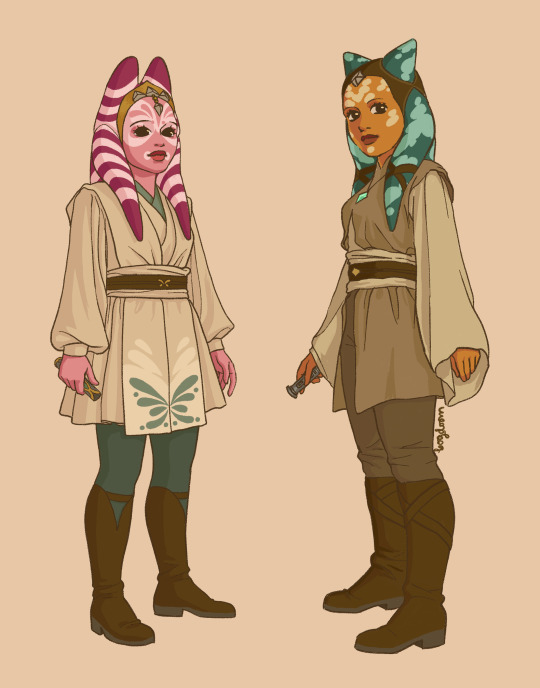
Are you coming to lightsaber practice?
#my unnamed togruta ocs from years ago#my favourite star wars species#they are still padawans and also they are besties <3#I have a hypothesis that there are two subspecies of togruta#one with large pupils and segmented lekku and one with normal pupils and unsegmented lekku (think Shaak Ti vs Ahsoka)#so thats why they are so different#star wars#oc#original character#my art#togruta
97 notes
·
View notes
Note
Hello, I was wondering what criteria you personally use to decide if something is a species or a subspecies?
I quite like Kevin de Queiroz's recent take on the matter, so I will refer you to him. There has been quite a bit of subsequent discussion, some of which I agree with, some of which I think is a bit moronic.
TL;DR: They should be treated as a difference of degree, not of kind, and can conveniently be used to capture the grey zone that we know characterises the incipient stages of speciation.
#speciation#taxonomy#science#zoology#biology#species#subspecies#these are real things#but genera?#genera are an illusion#families doubly so#evolution acts on populations/(sub)species#but higher taxa are just the result of what is filtered out over time#impalaparkedat221b#answers by Mark
234 notes
·
View notes